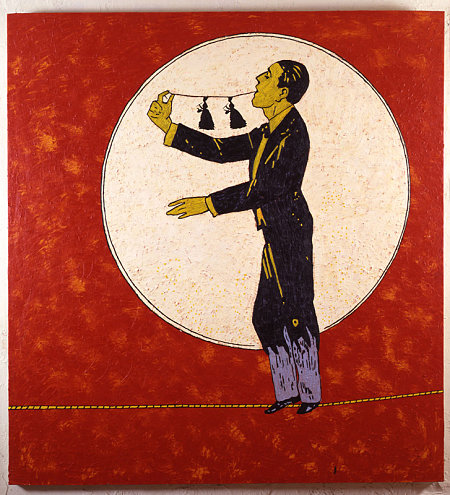
What the River Built
The river might have offered escape
had it not run too quickly to allow
entrance into the brown swell
of its veins. Below what we could see
lay rocks fractured to angles and blades,
the mud of its belly folding over
thousands of arrowheads too flawed
for flight, so drowned instead.
Without trying, the river built
one more obstacle that made
a fortress of the town. Ronnie Gayden,
who had kin buried in almost
every graveyard in the county,
claimed an uncle or step-grandfather
drowned diving from the rail trestle
into the river not long after
the dam was built. Another text
for nightmares, a water harsh
as the God we were taught to fear.
Like all deities’, the river’s threat
was endless and still is
for a boy eyeing the twists
and braids of current, figuring
his weight against the water’s spread.
I live close to lakes now, man-cut
and deceptive islands of water.
In warm months, water takes back
a few of us land-walkers,
releases them only when they are
more water than earth, one means
of escape from that almost-nameless town.
And we who lie burning with
the desire for other places find ways
over ancestors drowned by time
or legend, their bones gone
soft and milky in a universe
made finally of water.
